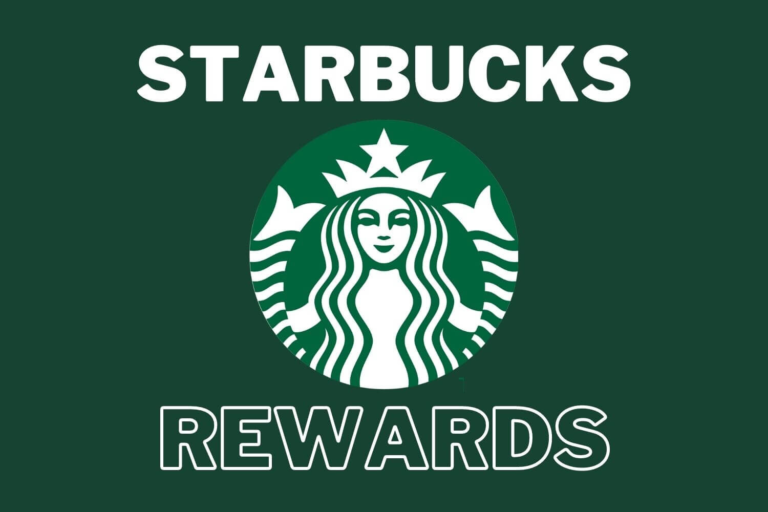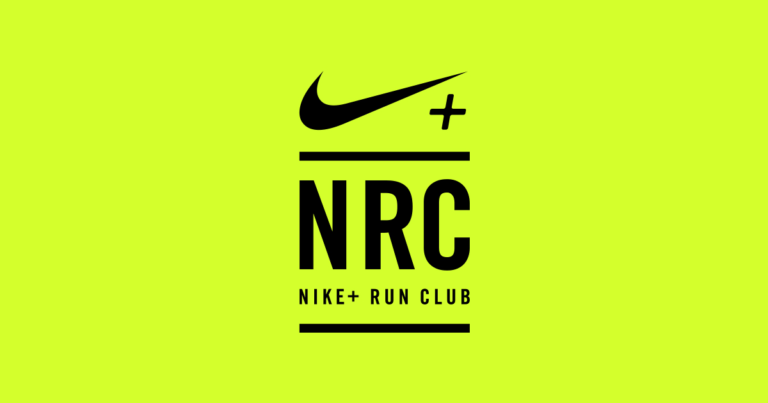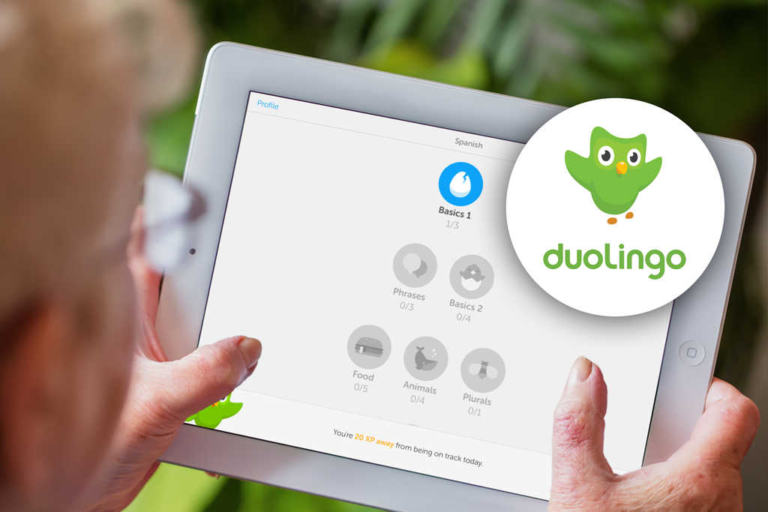In the ever-evolving world of digital marketing, businesses are continually seeking innovative ways to engage their audiences and build brand loyalty. One such strategy that has gained immense popularity is gamification in marketing. Gamification involves incorporating game elements into non-game contexts to motivate and engage users. By leveraging game mechanics and psychology, businesses can create interactive and rewarding experiences that captivate their target audience. In this blog, we will explore the concept of gamification in marketing, its underlying principles, successful examples, best practises, ethical considerations, and the future of this powerful marketing strategy.
Understanding Gamification in Marketing
What is gamification, and How Does It Work?
Gamification in marketing is the application of game-like elements, such as points, badges, leaderboards, challenges, and rewards, to marketing campaigns and experiences. The aim is to tap into people’s intrinsic motivation and desire for achievement, fostering engagement and participation.
Psychological Principles Behind Gamification in marketing
Gamification draws on various psychological principles to influence user behaviour positively. Core principles such as goal-setting, positive reinforcement, and social influence play pivotal roles in driving engagement and long-term loyalty.
Why Gamification Works: Benefits and Impact on User Behaviour
Gamification offers several benefits to businesses, including increased user engagement, heightened brand awareness, improved customer loyalty, and enhanced data collection. By appealing to users’ desire for rewards and competition, gamification can lead to higher levels of participation and user-generated content.
Game Elements in Marketing
Points, Badges, and Leaderboards
Implementing Points and Rewards Systems: Businesses can award points to users for completing specific actions, such as making a purchase, sharing content, or referring friends. Accumulated points can be redeemed for rewards or discounts, encouraging repeat engagement.
Utilising Badges and Achievements to Motivate Users: Badges and achievements are symbolic representations of users’ accomplishments. They can showcase progress and motivate users to complete tasks to earn recognition.
Leaderboards to Foster Healthy Competition: Leaderboards rank users based on their performance, fostering healthy competition and encouraging users to vie for top positions, thereby increasing engagement.
Challenges and Quests
Creating Engaging Challenges and Quests: Engaging challenges and quests provide users with meaningful tasks or missions that they must complete to earn rewards. Challenges can include quizzes, surveys, or interactive experiences that align with the brand’s objectives.
Rewarding User Progress and Completion: Users should be rewarded for completing challenges and quests, either through tangible rewards or virtual achievements. The sense of accomplishment enhances the overall experience.
Encouraging User-generated Content through Challenges: Gamified challenges can inspire users to create and share content related to the brand or product, amplifying brand reach and social proof.
Virtual Goods and In-App Purchases
Using Virtual Goods to Enhance the User Experience: Virtual goods, such as digital stickers, avatars, or virtual currency, can enhance the user experience and incentivize further engagement. Users may acquire these goods through achievements or in-app purchases.
Monetization Strategies with In-App Purchases: Businesses can monetize gamified experiences by offering in-app purchases of virtual goods or premium features. Striking a balance between free and paid content is crucial to maintaining user satisfaction.
Balancing In-App Purchases and User Satisfaction: While in-app purchases can boost revenue, businesses must ensure that the gamification experience remains enjoyable and is not overly reliant on paid features.
Examples of Successful Gamification in Marketing
Case Study: Starbucks Rewards Programme

How Starbucks Utilises Gamification to Drive Loyalty: Starbucks’ rewards programme is an exemplary use of gamification in marketing. Customers earn stars for each purchase, and as they accumulate stars, they unlock higher tiers with more benefits, encouraging repeat visits.
The Impact of Starbucks Rewards on User Engagement: The Starbucks rewards programme has led to increased customer loyalty and higher transaction frequency, making it a prime example of how gamification can drive long-term engagement.
Nike Run Club: A Gamified Fitness Experience

How Nike Uses Gamification to Motivate Runners: The Nike Run Club app uses gamification to motivate users to achieve their fitness goals. Users can set targets, earn badges for completing milestones, and participate in virtual races, all of which encourage regular running.
Building a Community of Fitness Enthusiasts: Gamification has enabled Nike to create a thriving community of fitness enthusiasts who share their achievements, encouraging others to participate and stay committed to their fitness journeys.
Duolingo: Gamifying Language Learning

Gamification Techniques Applied in Duolingo: Duolingo’s language learning platform gamifies the learning process by using points, levels, and streaks to encourage consistent practise and progress.
Encouraging Consistency and Progress in Language Learning: By rewarding users for daily practise and progress, Duolingo keeps language learners engaged and motivated to continue learning.
Gamification in marketing and Social Media Marketing
Gamified Contests and Giveaways
Engaging Audiences through Gamified Contests: Gamified contests, such as quizzes, puzzles, or treasure hunts, are powerful tools for attracting and engaging social media audiences. The element of competition motivates users to participate actively.
Utilising Social Sharing for Greater Reach: Encouraging users to share contest participation or results on social media amplifies the reach of the campaign, attracting new participants and expanding brand awareness.
Interactive Polls and Quizzes
Increasing Engagement with Interactive Polls: Interactive polls and quizzes encourage real-time participation, making users feel involved in decision-making processes. The immediate feedback provided enhances the user experience.
Knowledge Testing with Gamified Quizzes: Gamified quizzes can test users’ knowledge about a product, brand, or industry. This not only educates users but also reinforces brand recall and engagement.
Implementing Gamification in marketing: Best Practices and Tips
Aligning Gamification with Marketing Goals: Businesses should align gamification strategies with their marketing objectives to ensure the desired outcomes are achieved.
Understanding the Target Audience for Effective Gamification: Tailoring gamification to suit the preferences and motivations of the target audience is crucial for success.
User Experience and Interface Design in Gamified Experiences: An intuitive and user-friendly interface design enhances the overall gamification experience, leading to increased user satisfaction.
Data Collection and Analysis for Continuous Improvement: Data collected from gamified experiences should be analysed to identify patterns and optimise the gamification strategy for better results.
Overcoming Challenges in Gamification
Avoiding Overcomplication and Distraction: Striking a balance between gamified elements and maintaining a clear user journey is essential to preventing overwhelming users.
Balancing Fun and Functionality in Gamification: While gamification should be enjoyable, it should not overshadow the core purpose of the marketing campaign.
Handling User Expectations and Avoiding Disappointment: Setting realistic expectations with users regarding rewards and outcomes prevents disappointment and dissatisfaction.
Ethical Considerations in Gamification
Transparency in Gamified Experiences: Users should be aware of the rules, rewards, and objectives of gamified experiences to maintain transparency.
Avoiding Manipulative Gamification Practices: Gamification should be implemented ethically and not exploit users or create addictive behaviours.
Respecting User Privacy and Data Protection: User data collected during gamified experiences should be handled responsibly and in compliance with data protection regulations.
The Future of Gamification in Marketing
Innovations in Gamification Technologies: Advancements in technology, such as augmented reality and virtual reality, will enhance the immersive potential of gamified experiences.
Gamification in Emerging Industries and Sectors: Gamification will continue to find applications in diverse sectors, including education, healthcare, and employee training.
The Evolving Role of Gamification in Marketing Strategies: As user preferences change, businesses will need to adapt gamification strategies to remain relevant and engaging.
Conclusion
Gamification in marketing is a powerful tool for driving user engagement and loyalty in the digital era. By integrating game elements into marketing campaigns, businesses can create immersive and rewarding experiences that captivate audiences and foster lasting relationships. Understanding the psychological principles behind gamification, leveraging game elements effectively, and aligning strategies with marketing goals are essential for successful implementation. As the marketing landscape continues to evolve, businesses that embrace gamification will undoubtedly thrive in engaging their audiences and staying ahead of the competition in the dynamic world of digital marketing.
Are you willing to take up in terms of marketing? Accept gamification’s power and experience the change for yourself!
Frequently Asked Questions (FAQs) about Gamification in Marketing: Using Game Elements to Drive User Engagement
Gamification in marketing refers to the use of game-like elements, such as points, badges, leaderboards, challenges, and rewards, to engage and motivate users in non-game contexts. It works by tapping into users' intrinsic motivation and desire for achievement, encouraging them to participate and interact with brands.
Gamification influences user behaviour positively by providing rewards, recognition, and challenges. It fosters higher levels of engagement, encourages repeat interactions, and drives user-generated content, leading to increased brand loyalty and brand advocacy.
Key psychological principles behind gamification include goal-setting, positive reinforcement, and social influence. Goal-setting motivates users to achieve objectives, positive reinforcement rewards desired behavior, and social influence encourages competition and cooperation among users.
Common game elements used in marketing gamification include points and rewards systems, badges and achievements, leaderboards, challenges and quests, virtual goods, and in-app purchases.
Businesses can improve user engagement on social media platforms through gamified contests and giveaways that encourage participation and social sharing. Interactive polls and quizzes can also increase engagement by involving users in real-time interactions.
Examples of successful gamification in marketing include the Starbucks Rewards Programme, where customers earn stars for purchases; the Nike Run Club app, which motivates runners with badges and virtual races; and Duolingo, a language learning platform that gamifies learning with points and streaks.
Best practices for implementing gamification include aligning strategies with marketing goals, understanding the target audience's preferences, creating an intuitive user experience, and analysing data for continuous improvement.
Businesses can overcome challenges in gamification by avoiding overcomplicating the experience, maintaining a balance between fun and functionality, and setting realistic user expectations regarding rewards and outcomes.
Ethical considerations in gamification include being transparent with users about rules and rewards, avoiding manipulative practises, and respecting user privacy and data protection.
The future of gamification in marketing includes innovations in gamification technologies, its application in emerging industries and sectors like education and healthcare, and its evolving role in marketing strategies as user preferences change.